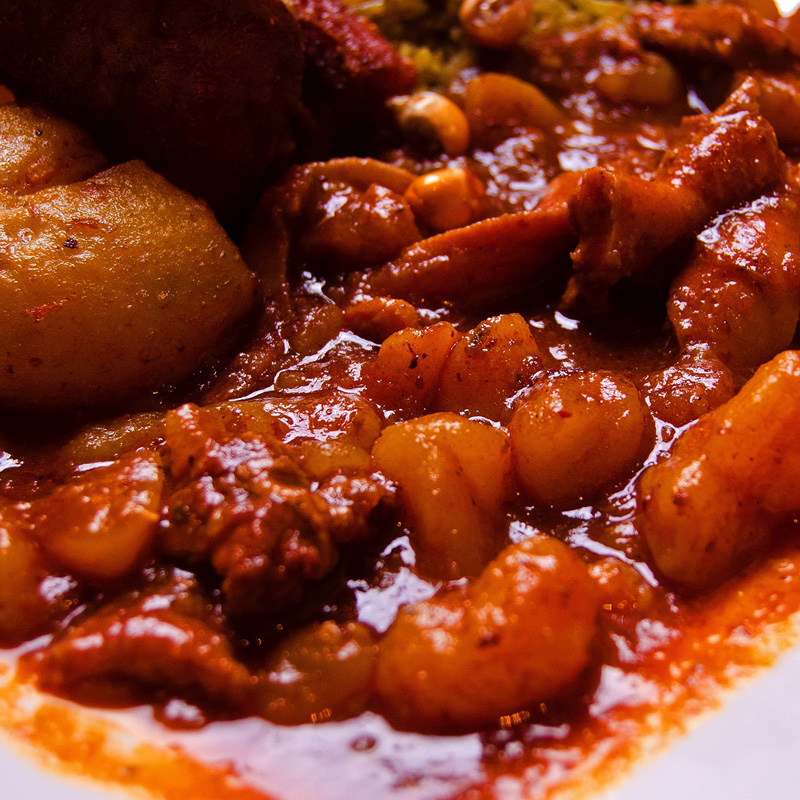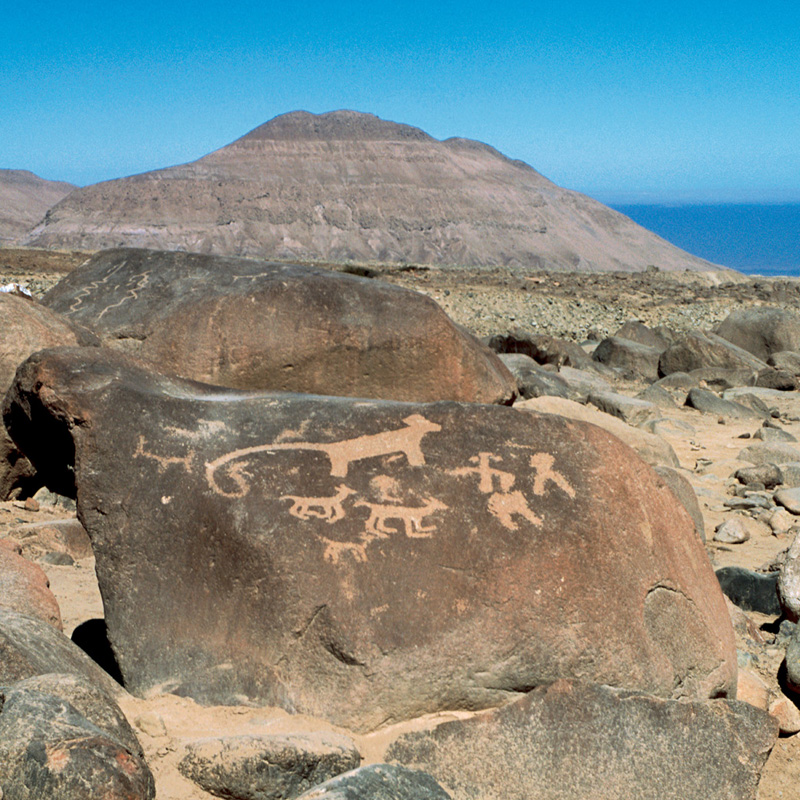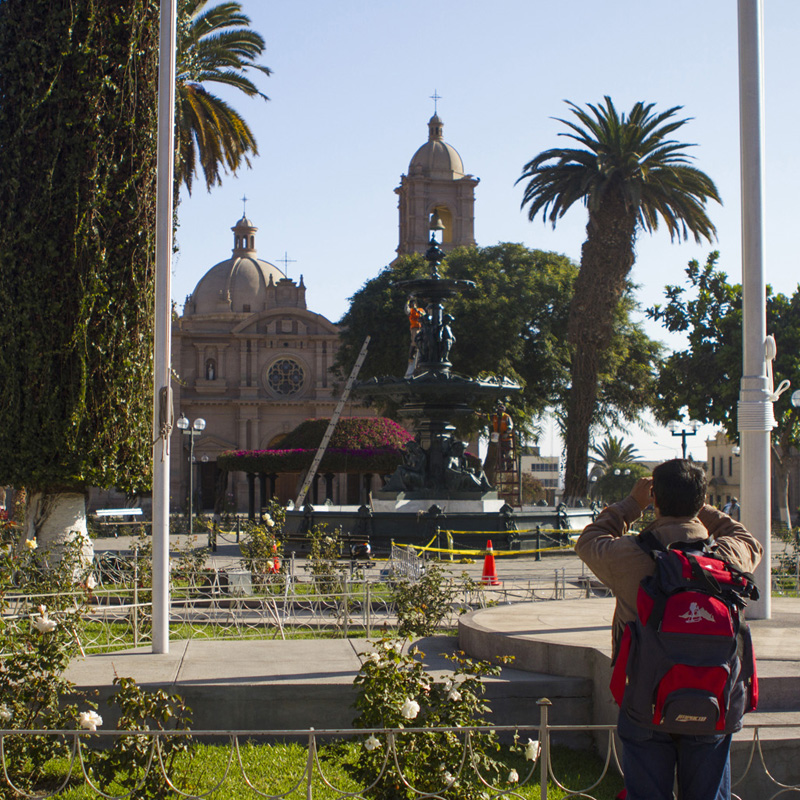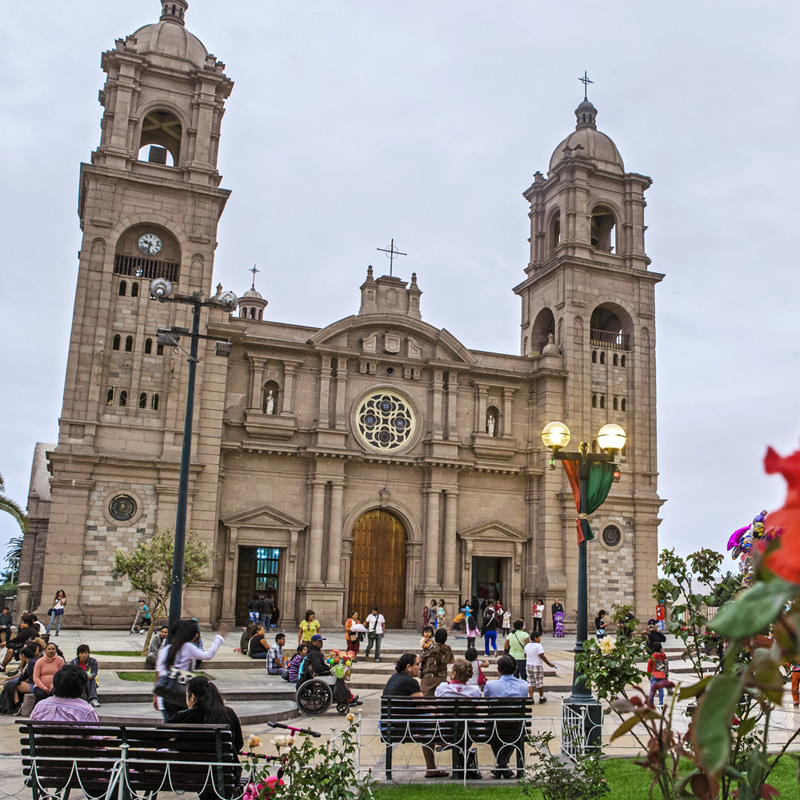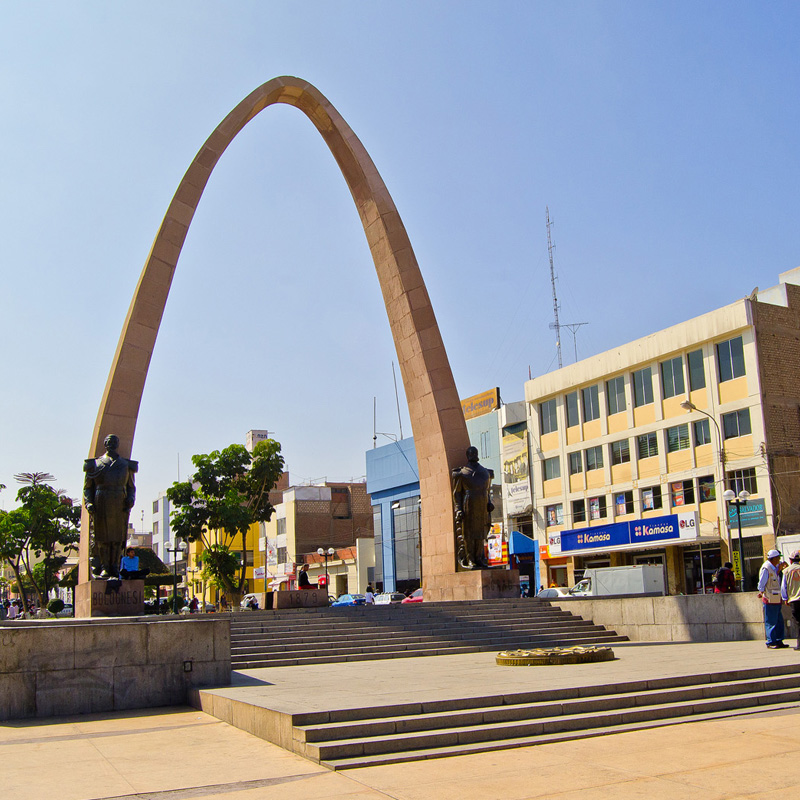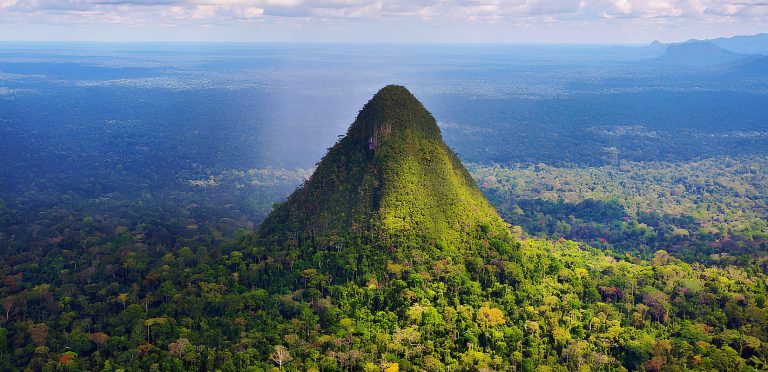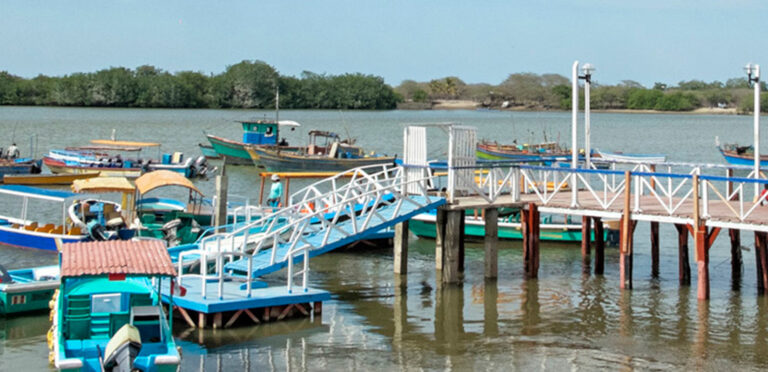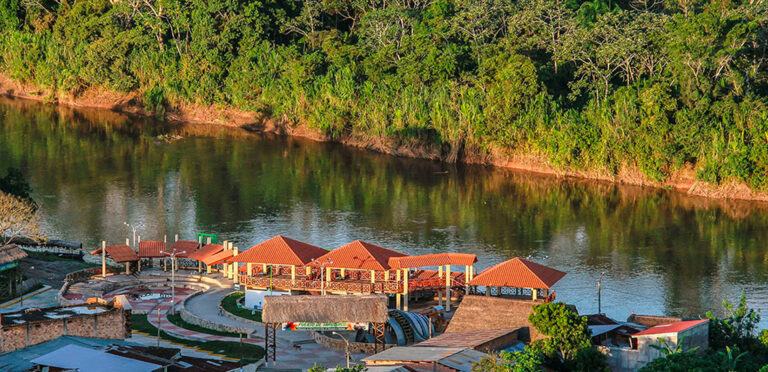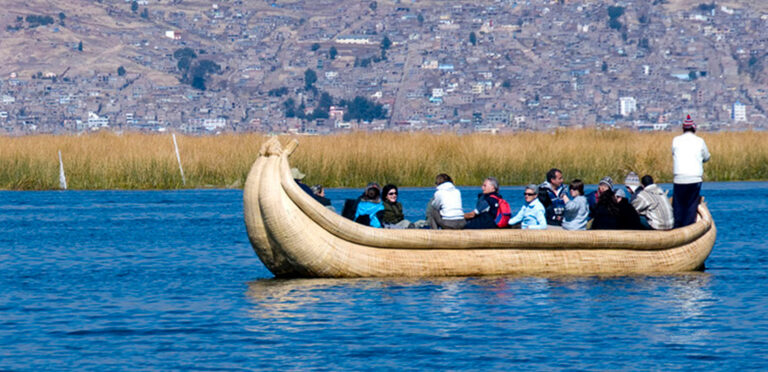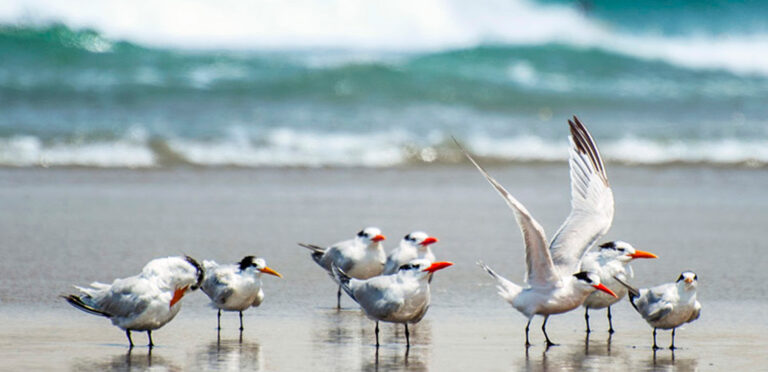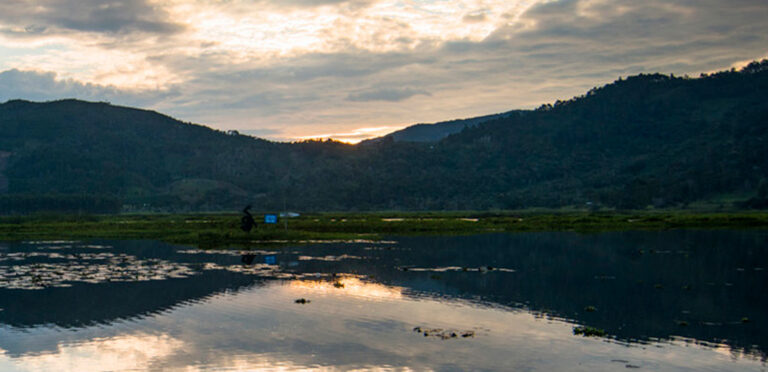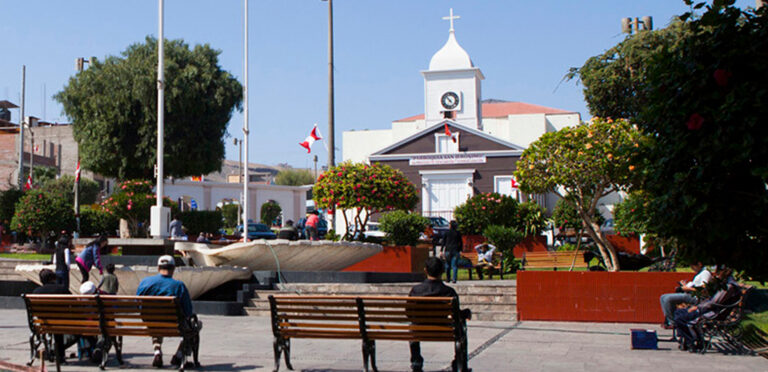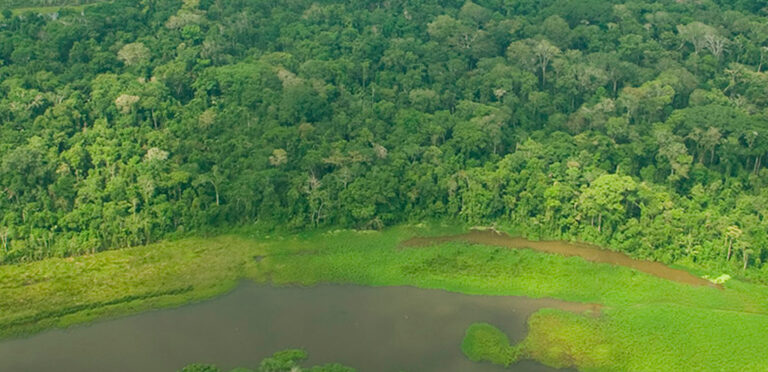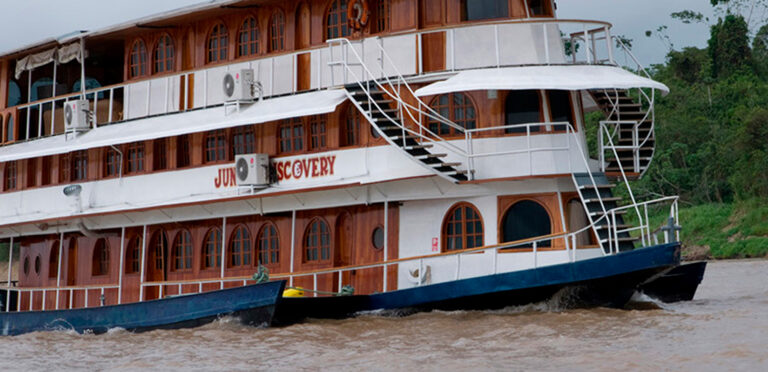Tacna: History, Culture, and Nature in Southern Peru
Located in the southernmost part of Peru, Tacna is a historic and vibrant city known for its patriotism, bustling commerce, and stunning landscapes that blend desert, coastline, and mountains.
- Minimum altitude: 318 m.a.s.l. (Ite)
- Maximum altitude: 3,415 m.a.s.l. (Candarave)
🏛 History and Culture
Tacna Cathedral
A majestic Neo-Renaissance temple built with stone from the Intiorko and Arunta hills. Its construction began in 1875 under the design of Gustave Eiffel.

House of Zela
The former home of Francisco Antonio de Zela, a forerunner of Peru’s independence, now an archaeological museum.
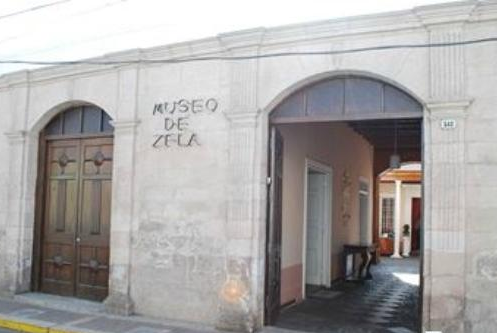
Railway Museum
Located at the historic Tacna-Arica station, preserving original 19th-century railway artifacts.
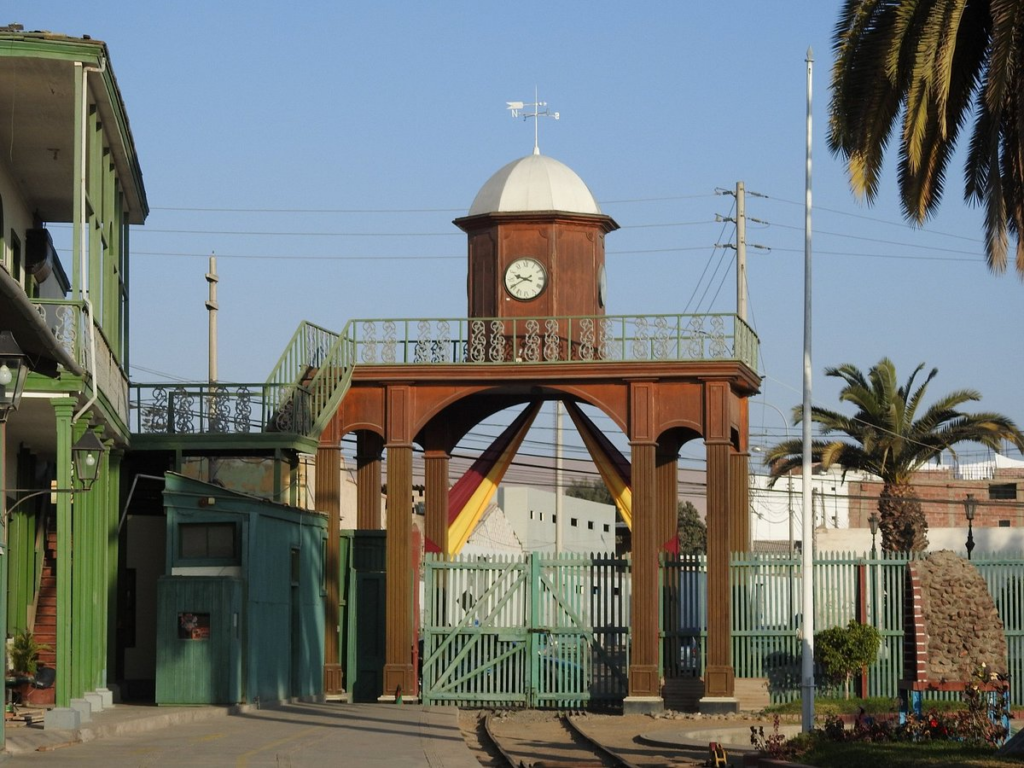
Locomotive Park
Home to the iconic Locomotive No. 3, which transported troops during the War of the Pacific.
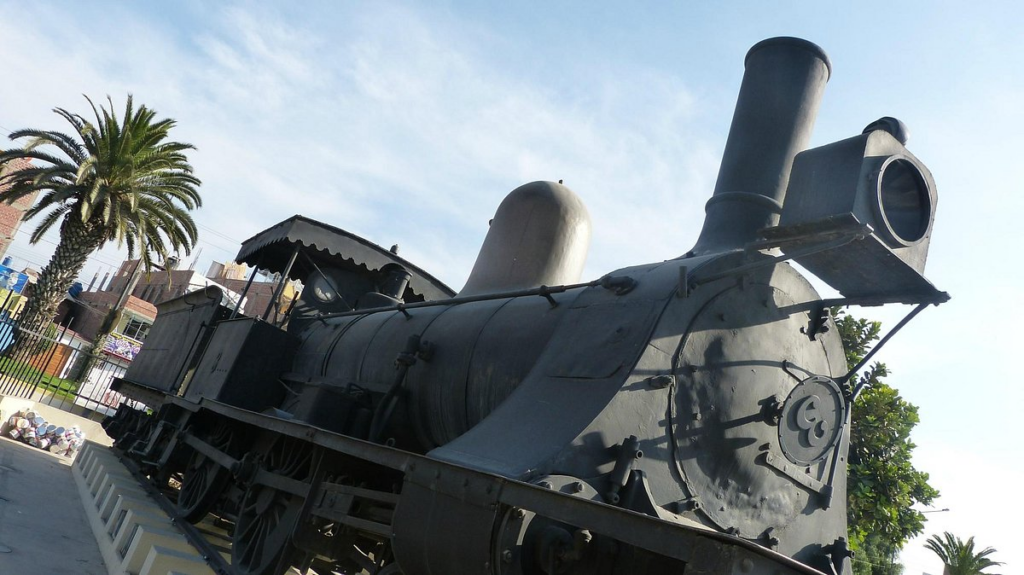
Alto de la Alianza Monument and Museum
Commemorates the 1880 battle, showcasing weapons, uniforms, and historical documents.

🌿 Nature and Adventure
Calientes Hot Springs
Located at 1,400 m.a.s.l., with waters reaching up to 39°C, perfect for relaxation and therapeutic treatments.

San Francisco de Miculla Petroglyphs
Ancient rock art in a desert landscape, featuring over 1,000-year-old carvings of dances, hunting scenes, and constellations.

Beaches of Tacna
Along the coast, wind and sea have shaped hidden beaches of remarkable beauty, ideal for both relaxation and adventure.

🎉 Festivals and Traditions
Lord of Locumba Festival (September)
A major religious pilgrimage attracting thousands of devotees from Peru and beyond.
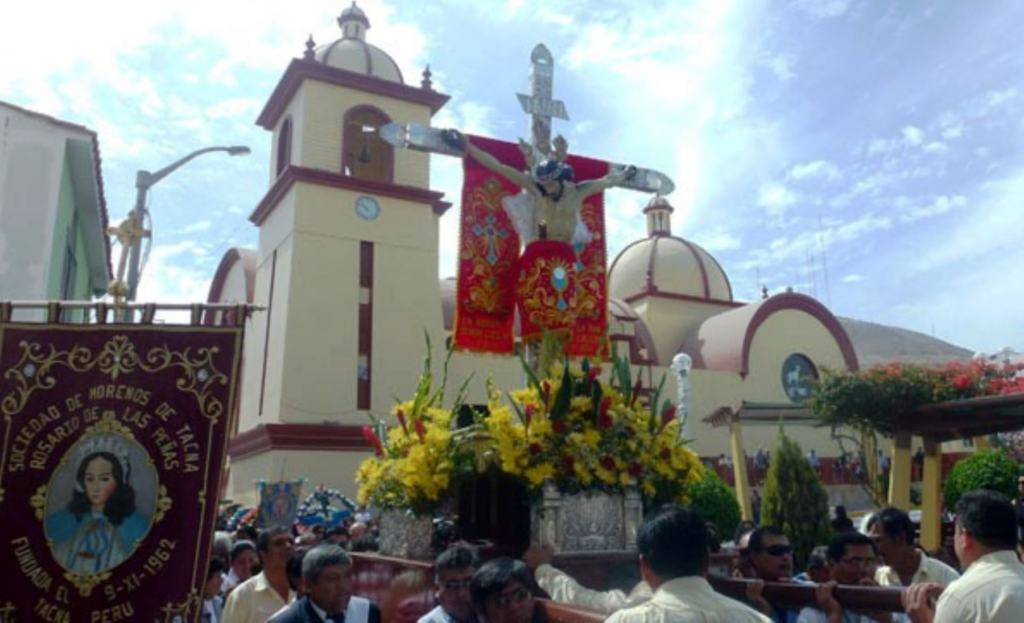
📅 Best time to visit: Year-round, with a dry and sunny climate.
📍 How to get there? Direct flights from Lima (approx. 1h 45min) or by land from Arequipa or Chile.
